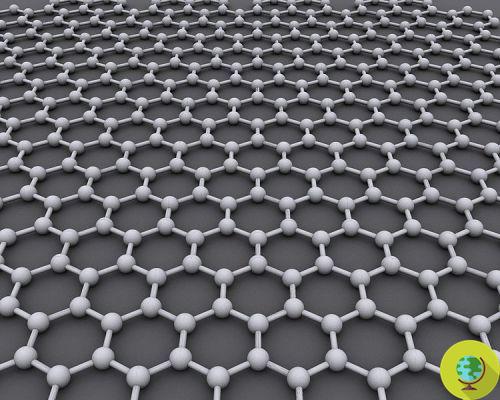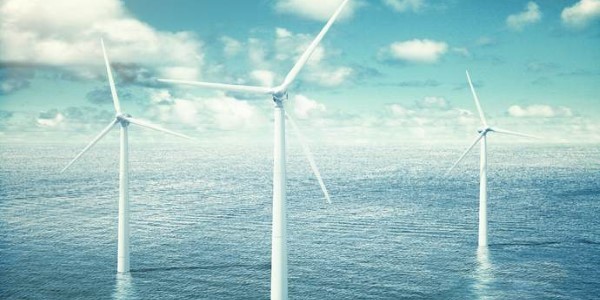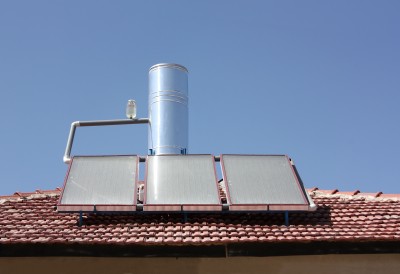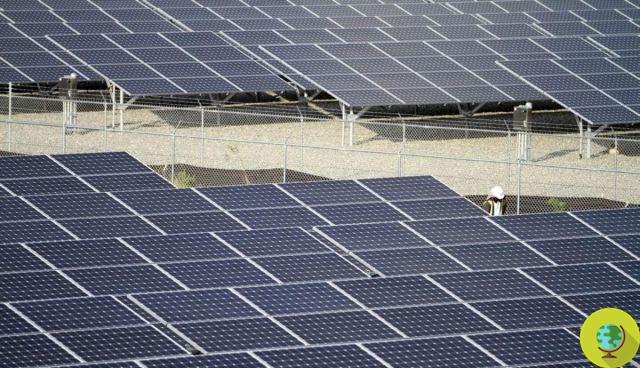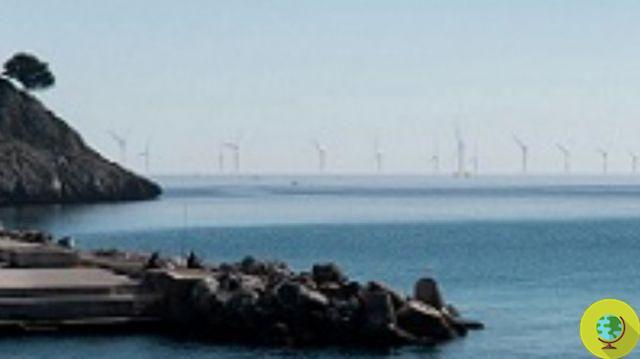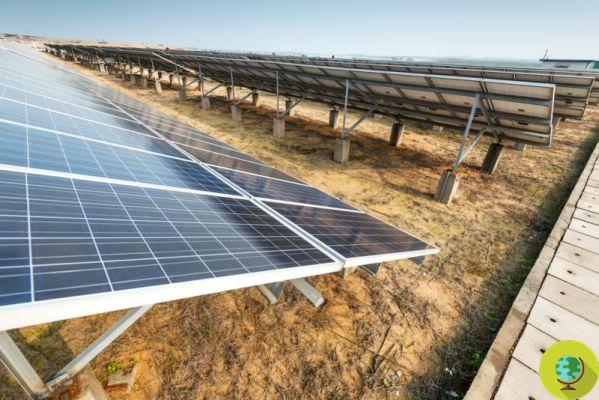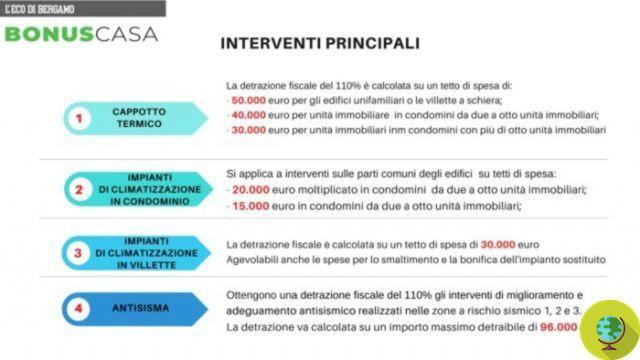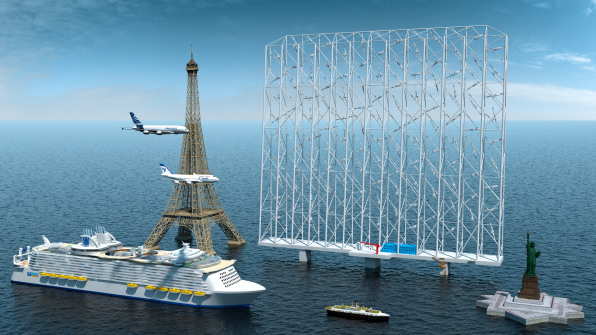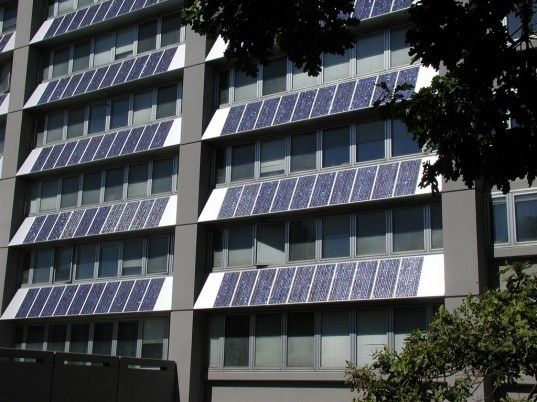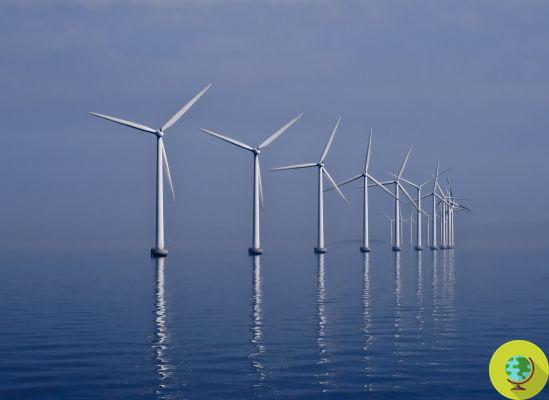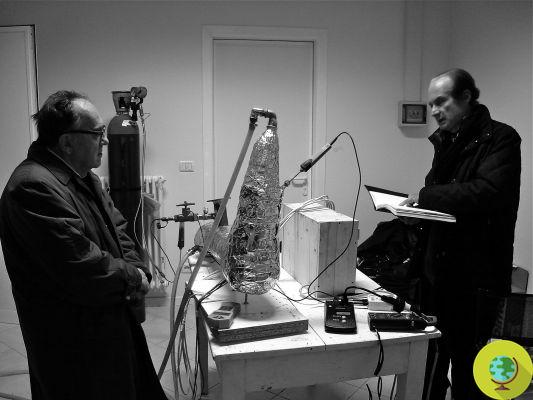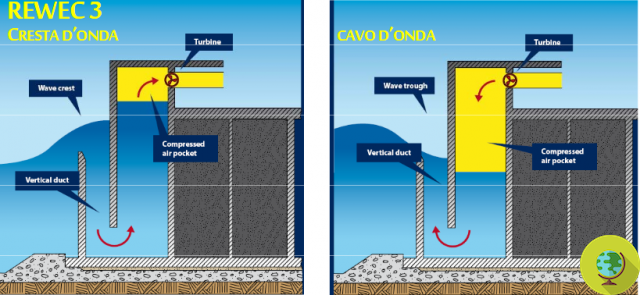
For a long time now, scientists have been wondering about the possibility of obtaining energy from wave motions and in particular from tides. The idea of exploiting the sea to obtain electricity continues to tickle the inventiveness of the technicians, who have developed various prototypes of systems aimed at exploiting the violence of the waves, or to support it by transmitting it to generators, or even to take advantage of pressure variations. that occur below the surface of the water.
He is about to end up run over, his mother saves him
Energy from the tides. While technology has made great strides in improving our lifestyle, delegating much of the work and effort to machines, it is undeniable that this progress has been achieved at a high price. The growing demand for fuels worldwide has made the search for alternative energy a real priority, both as the price of fossil fuels is now skyrocketing, both because the need to find is now generally recognized sustainable alternatives in social and environmental terms.
For a long time now, scientists have been wondering about the possibility of obtain energy from wave motions and in particular from tide. The idea of exploit the sea to obtain electricity still continues to tickle the inventiveness of the technicians, who have developed several prototypes systems designed to exploit the violence of the waves, or to support it by transmitting it to the generators, or to take advantage of the pressure variations that occur below the surface of the water.
In principle it is indeed It is possible to convert at least five types of energy present in the sea into electricity: that of currents, that of the where, that of the tide, that of the tidal currents and finally that of thermal variation between surface and seabed.
Today in Europe there is a only plant for the exploitation of the tides, which is located in France near Saint Malo (pictured), but experiments for the exploitation of marine energy potential are underway all over the world, not least in the Venice lagoon, where experimentation in this sense is underway right now. The European Union has conducted a study on its territory to identify the places potentially suitable for this use, and among the 100 sites indicated at the end of the research there is also the Strait of Messina, crossed by strong sea currents seem to promise quantities of energy equal to those of some large hydroelectric plants (we are talking about about 15000 MegaWatt). In general, in Europe, the potential of this type of energy is approximately 75 gigawatts.
On the other hand, in order to transform the motion that the Moon generates in the seas into energy, they must be several conditions met, among which the most important is asufficient tidal amplitude (i.e. a difference in height between high and low tide equal to at least ten meters). Furthermore, the realization of tidal power plants - as the plants are called, normally installed near the coast, at the level of estuaries - they have many pros, but also many cons that it deserves to be analyzed.
Compared to other forms of alternative energy that generated by the tides undoubtedly presents some advantages, first of all the fact that it does not depend on atmospheric whims, as it happens instead in the case of solar or wind energy, while remaining substantially inconstant, that is, linked to the times of the day. Also Costi relating to the implementation of underwater turbines are more contained, as the strength of a dense mass such as water does not require large surfaces to generate a significant effect. Plants of this type also have the advantage of being absolutely silent and of not dispersing lubricating oils or greases into the environment.
The other side of the coin is represented primarily by the potential effects of the plants on the marine ecosystem, negative externalities that we often tend to underestimate on the wave (it should be said) of enthusiasm. First of all, the installation of such large structures on the seabed undeniably leads to its compromise. Furthermore, their cumbersome presence on the seabed and the sediments that gradually settle close to the artificial dams obstruct the passage of water, thus increasing the risk of pollution of the basins and damage to the ecosystem. However sophisticated, coastal barriers also pose a threat to marine animals, which often get entangled in reefs and die. Last but not least, systems of this kind have very high construction and maintenance costs.
Despite these considerations, the idea of deriving tidal energy remains a fascinating possibility. We are all looking for solutions to meet the growing energy needs and in the long run, if we really want to focus on this, sustainable solutions will surely emerge, capable of obtaining the desired result without generating damage of any kind. The important thing is not to forget that it is not enough to produce more energy: we must also (and above all) learn how to consume less.
SZ







